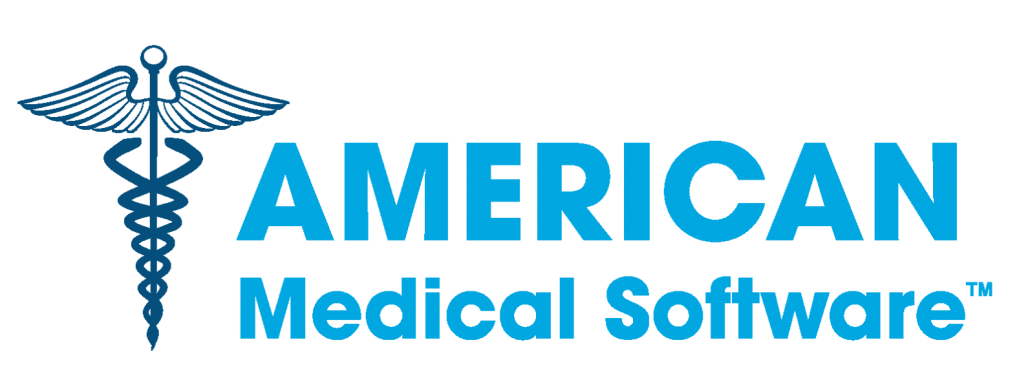A New Year’s Resolution for Adopting Electronic Health Records
I’m looking forward to 2011, which among other steps in a healthy direction will deliver incentives for doctors and other medical care providers to adopt electronic health records (EHR). The push for better health IT (HIT) is long overdue.
A few months ago I had the opportunity to hear Dr. David Blumenthal, National Coordinator for HIT in the U.S. Department of Health & Human Services, give a talk on this topic. In a semi-Socratic style, he addressed an audience of medical students, faculty and administrators:
“What do patients think if you ask them what’s the value of an EHR?” he asked. “No more clipboards,” he informed us.
Indeed, as a patient I think it would be fantastic to skip all that endless, redundant paperwork. Whenever I visit a new doctor, or go to the physical therapist after an interval of more than a few months, I am asked to fill out new forms about my medical history, medications, allergies, gynecological and surgical history, cancer pathology and more. It’s hard to imagine it wouldn’t be easier — and more accurate — if the details were maintained in a private health record, much like encrypted bank account information.
Should I need another procedure, future-doc might scan a summary of my history, double-click, and focus on a clot I had in 1974 after spinal surgery. Right away, she might review extensive blood tests done in 2003 to assess a possible genetic tendency for thrombosis. Or she might just pull up the pathology reports, and maybe even see digital images (imagine that!) of the breast adenocarcinoma. Or look over a CT scan from 2008 … You get the idea.
The problem is that many doctors are reluctant to take on electronic systems. Prior to the Health Information Technology for Economic and Clinical Health Act (or HITECH Act) of 2009, only a small fraction of physicians used fully-functional EHRs. Few hospitals have HIT encompassing all categories of data, like radiology and path reports along with doctors’ and nurses’ notes, vital sign and cardiogram recordings, lab results and records from prior admissions.
“What’s the barrier?” Blumenthal asked. “Money is numbers one through eight. Then logistics, technical problems and fear,” he said. “And it’s a psychological issue,” he added. “That comes in whenever you’re asking people to change.”
He’s right; just tweaking the culture of medicine isn’t easy. Many doctors don’t like being told what to do, even if they know it’s good for them and for their patients.
Legitimate reasons for physicians’ hesitation include that many EHR systems are non-intuitive; the learning curve can be steep, especially for some older, practicing physicians. Another down-side is the blandness of electronic reports, all similar in appearance and length: sometimes a short, scribbled note indicating “jaundice ++, spleen is palpable and tender,” can convey more information about a patient’s changed condition than a long, complete template with plenty of i-dotting but irrelevant components of the physical exam.
Still, the potential benefits of EHR far outweigh the costs. In the long term, HIT will save doctors time and effort. For example, if a cardiologist evaluating a man with atypical chest pain can see notes and prior cardiograms from the patient’s primary care provider — and can access those whether it’s the middle of the night on New Year’s or 3 p.m. on a Wednesday — that would allow the cardiologist to focus her questions, thoughts and decisions about what’s happening to the patient then and there. She could quickly review the patient’s background and step right into the real-time dilemma, and help the patient sooner.
But the greatest value of HIT, perhaps, is that it might continually provide new information to physicians. This component, Clinical Decision Support, would promote evidence-based practice by having current findings — published data and recommendations – linked to a patient’s electronic chart and diagnostic codes. Doctors would see and, hopefully, might even read new materials about their patients’ medical conditions as they go about their work. With almost no effort, they would see relevant, published reports as they write notes, prescribe drugs, order tests and interpret lab results within a patient’s electronic chart.
Here’s a simple example of an EHR’s potential for educating doctors. Say a physician starts to order a new antibiotic for a patient with liver failure. She’s using a computerized order entry system. A pop-up message says: “Are you sure you want to order that antibiotic? It is metabolized by the liver … Here’s a table that lists other antibiotics you might consider for your patient.” And so the physician would learn, or be reminded, that the new drug she ordered is metabolized by the liver. What’s more, she might quickly reinforce and update her knowledge of antibiotics.
“This caught my interest because it doesn’t diminish physicians’ autonomy,” Blumenthal said. An HIT system enables doctors to make decisions for patients in the context of additional, current information. “The end goal is not to adopt technology, but to improve care,” he emphasized.
As of January, 2011, the administration will provide economic incentives to providers who switch to EHR and demonstrate its meaningful use — such as a switch to electronic prescriptions, easier exchange of records to promote quality care, or using the new system to achieve measurable goals, like weight reduction or smoking cessation.
Still, EHR systems are a tough sell for some smaller practices and institutions. In the future, mandates may be necessary to assure physicians’ competency in health IT. This might be accomplished through state medical licensing boards and other credentialing agencies. The point is that managing and navigating electronic information are essential skills for doctors to provide safe and high-quality, efficient care in the 21st Century.
As we enter 2011, it’s hard to see what’s controversial about electronic medical records. Moving forward from a cumbersome old system loaded with stacks of hand-written notes, illegible prescriptions, disconnected services and a strange fax dependency doesn’t seem particularly modern or innovative. Adopting HIT is just something we need to do, now, to take better care of ourselves.
Source: http://www.huffingtonpost.com
Follow Dr. Elaine Schattner on Twitter: www.twitter.com/medicallessons




Leave a Reply
Want to join the discussion?Feel free to contribute!